Posted October 24th, 2012 at 4:43 pm (UTC+0)
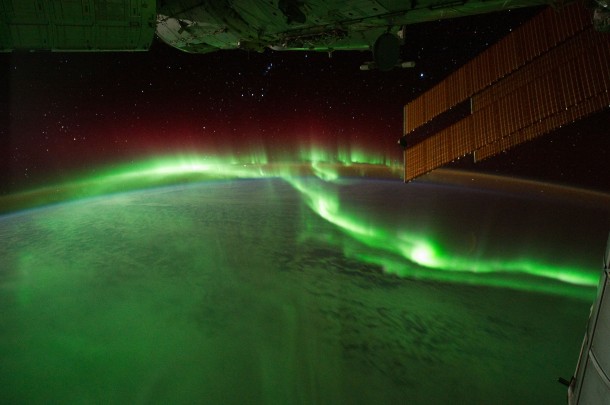
Astronauts on the International Space Station recently used a digital camera to capture several hundred photographs of the Aurora Australis, or the “southern lights.” (Photo: NASA)

A research team from the University at Buffalo in New York, studying glaciers at Ayr Lake on Baffin Island, Canada, found the island’s glaciers reacted rapidly to past climate change, providing what they say is a rare glimpse into glacier sensitivity to climate events. (Photo: Jason Briner via NSF)

The lava lake in the Halemaʻumaʻu crater of Hawaii’s Kīlauea volcano spits and sputters with occasional bursts of volcanic material. (Photo: USGS)

Two galaxies becoming one. This is a Hubble telescope photo of NGC 2623, two galaxies in the final stages of a titanic galaxy merger, located some 300 million light-years away. (Photo: NASA)

NASA’s Small Multi-Purpose Research Facility ( SMiRF ) evaluates the performance of thermal protection systems required to provide long-term storage and transfer of cryogenic propellants in space. Recent testing was done over a range of temperatures as low as -253°C and tank pressures from 20-80 psia (pounds per square inch absolute). (Photo: NASA & Bridget R. Caswell (Wyle Information Systems, LLC))

The Soyuz rocket carrying ISS Expedition 33 crew members launches to the International Space Station from the Baikonur Cosmodrome in Kazakhstan, on Tuesday, Oct. 23, 2012. (Photo: NASA)

Paragorga arborea, also known as bubblegum coral, is an abundant coral species that can grow massive colonies, and has been found at polar, subpolar, and subtropical regions of all of the world’s oceans. It can reach up to eight meters in height and live up to 100 years. (Photo: NOAA/MBARI)

A look at the center of our galaxy. Using a massive nine-gigapixel image, (from the VISTA infrared survey telescope at ESO’s Paranal Observatory in Chile) an international team of astronomers has created a catalog of more than 84 million stars located in the central parts of the Milky Way. The image is so large that, if printed with the resolution of a typical book, it would be 9 meters long and 7 meters tall. (Photo: ESO/VVV Consortium/Ignacio Toledo)

This is a robot at the US Department of Energy’s Lawrence Berkeley National Laboratory that has been coded with PaR-PaR, which stands for Programming a Robot; a simple, high-level, biology-friendly, robot-programming language that allows researchers to make better use of liquid-handling robots and thereby make possible experiments that otherwise might not have been considered. (Photo: Roy Kaltschmidt, Berkeley Lab)

A bright particle of material found in a hole dug by the Curiosity Martian rover caused a bit of concern at NASA’s Jet Propulsion Laboratory because another similar object, found nearby, was identified as a piece of debris from the spacecraft. However, the mission’s science team assessed the bright particles in this scooped pit to be native Martian material rather than spacecraft debris. (Photo: NASA)

NASA/Goddard physicist Babak Saif checks an oscilloscope as he works on a project that would be capable of detecting, with atomic-level precision, gravitational waves that were predicted in Einstein’s general theory of relativity. (Photo: NASA)




















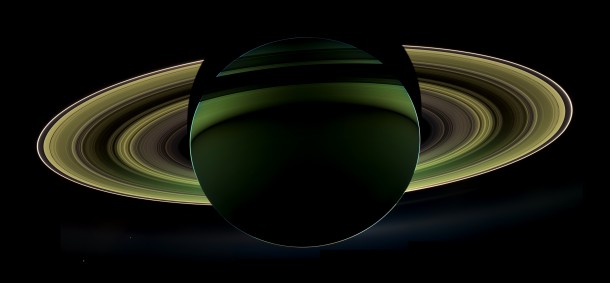



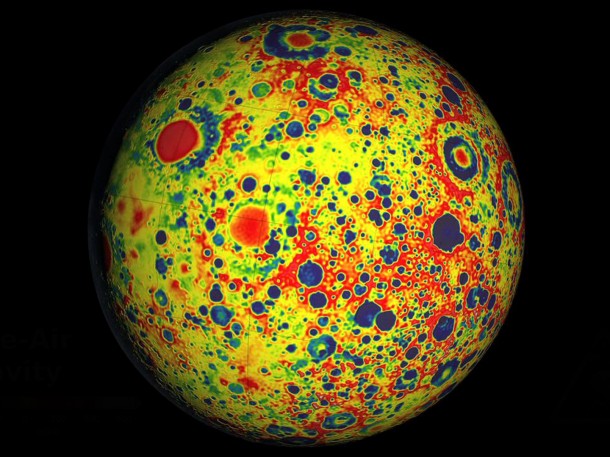





































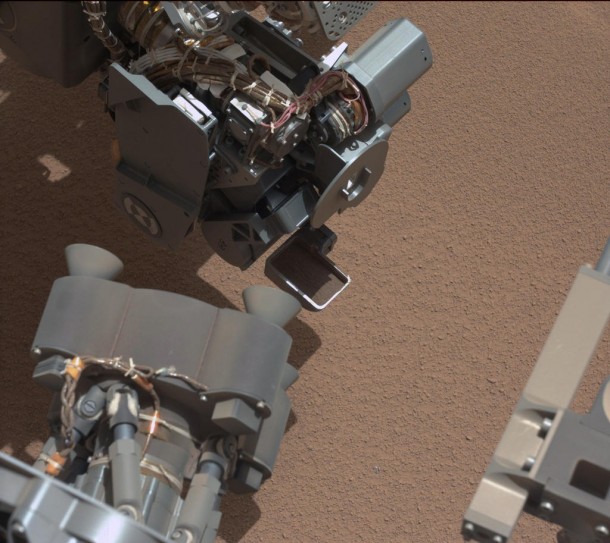


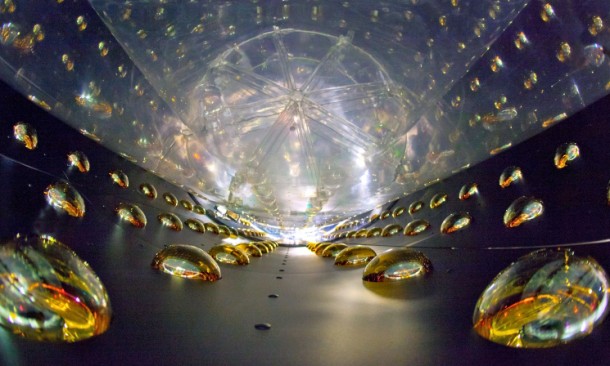



















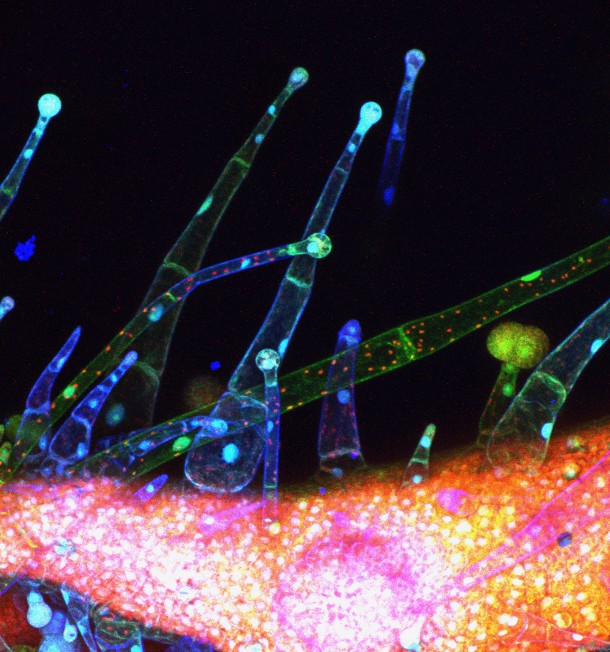












 Science World is VOA’s on-air and online magazine covering science, health, technology and the environment.
Science World is VOA’s on-air and online magazine covering science, health, technology and the environment.